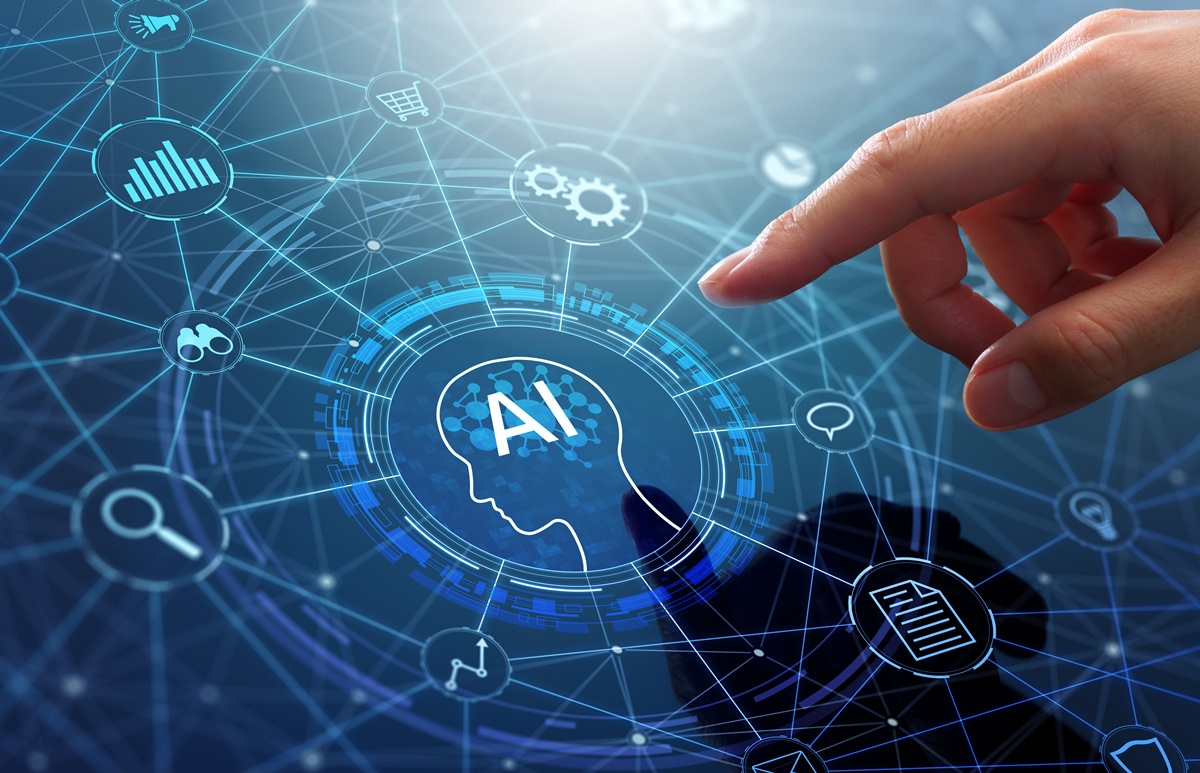June 24, 2025
AI Agents Are Growing Fast, And Salesforce’s Agentforce 3 Keeps Them in Check

Salesforce has introduced Agentforce 3, an upgrade to its digital labour platform, aimed at helping enterprises deploy, manage, and scale AI agents with unprecedented control and visibility. With over 8,000 customers adopting the platform and AI agent usage increasing by 233% in the last six months, the challenge has shifted from building AI agents to managing them efficiently and securely across the organisation.
Agentforce 3 directly addresses that challenge, giving companies tools to see exactly what agents are doing, optimise their behaviour, and scale up with confidence.
The key feature of Agentforce 3 is the new Command Centre, which provides a centralised view of AI agent activity. This observability layer enables leaders to track performance metrics in real time, from latency and error rates to escalation patterns and user satisfaction. Teams can analyse interaction trends, receive proactive alerts, and even simulate agent behaviour with AI-driven testing tools before going live.
Observability and Connectivity
Built on open standards like OpenTelemetry and deeply integrated with Salesforce Data Cloud, the Command Center also works with popular observability platforms like Datadog and Splunk, making it easy to plug into existing enterprise monitoring systems. Salesforce has also ensured that these tools are adaptable across departments, starting with Service Cloud, where supervisors can monitor both AI agents and human staff side by side.
“With Agentforce, we’ve unified agents, data, apps, and metadata to create a digital labour platform, helping thousands of companies realise the promise of agentic AI today,” said Adam Evans, EVP & GM of Salesforce AI. “
Interoperability, Enterprise Trust, and Global Readiness at Scale
Agentforce 3 also introduces native support for the Model Context Protocol (MCP), a growing open standard that makes it easier for AI agents to interact with enterprise systems securely and at scale. With built-in MCP support, agents can connect to any compliant service without requiring custom code. New connectors from MuleSoft allow teams to turn any API into an agent-ready integration instantly, while Heroku’s secure infrastructure enables rapid deployment of custom MCP servers.
These enhancements ensure agents can act on real data and systems without compromising control, compliance, or security.
In addition, the platform’s ecosystem continues to grow with AgentExchange, now featuring over 30 new MCP-enabled partners, including AWS, Google Cloud, Box, PayPal, Stripe, and WRITER. These integrations enable agents to perform a wide range of tasks, such as summarising documents, processing payments, managing content, and interfacing with enterprise data.
Agentforce 3 is powered by an upgraded architecture with 50% faster response times, response streaming, and greater grounding via web search and inline citations. Enterprises now have more flexibility in model choice, including access to Anthropic’s Claude Sonnet via Amazon Bedrock within Salesforce’s trust boundary, with support for Google Gemini on the way.
Global Reach
Global deployment is also expanding, with the platform now serving customers in Canada, the UK, India, Japan, and Brazil, and supporting six new languages, with over 30 more coming soon. For resilience, Agentforce now offers automatic model failover to ensure continuity even during provider outages.
With Agentforce 3, Salesforce is giving enterprises everything they need to scale their AI workforce intelligently—combining flexibility, speed, and trust in a platform designed for the AI-first era.



